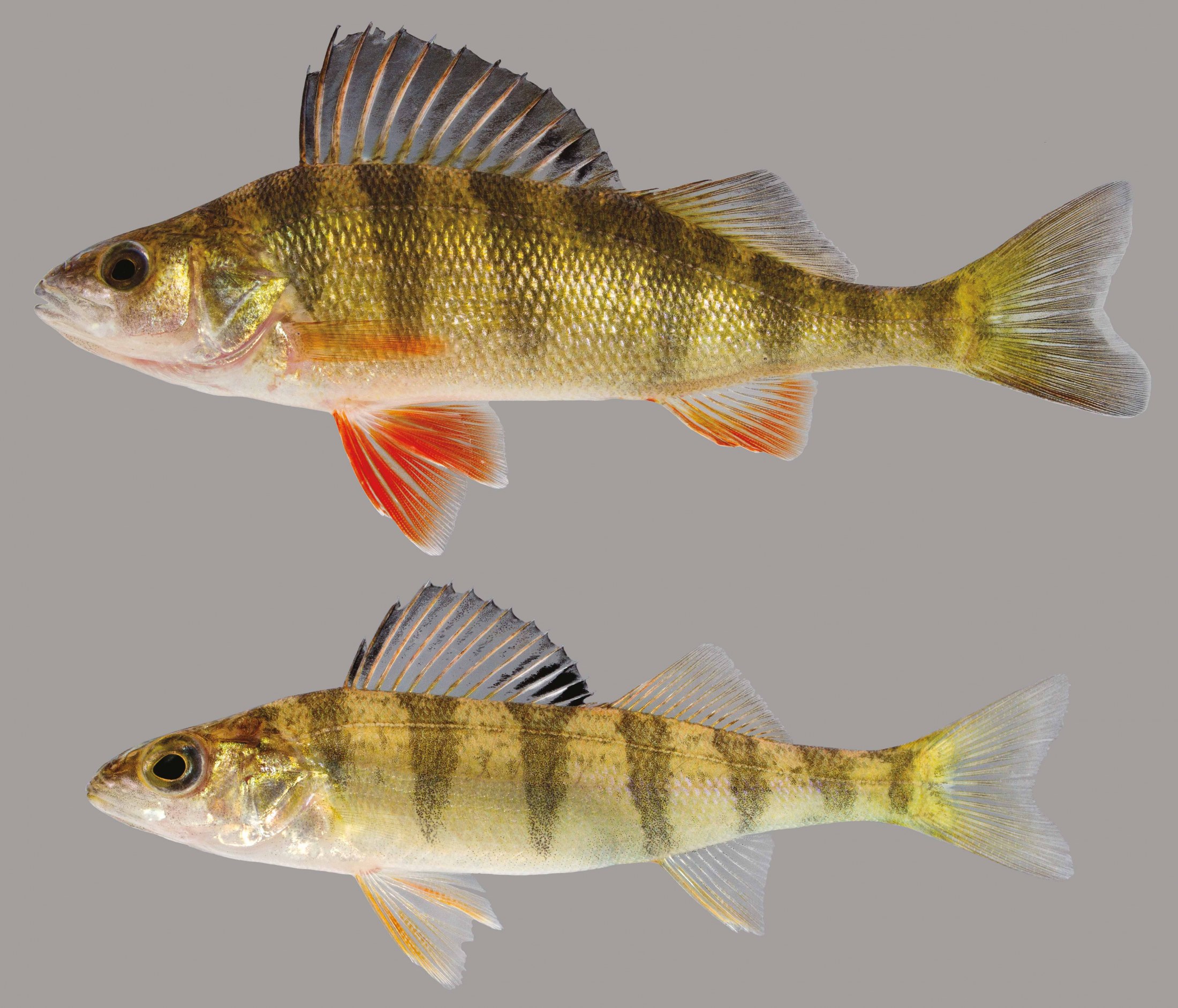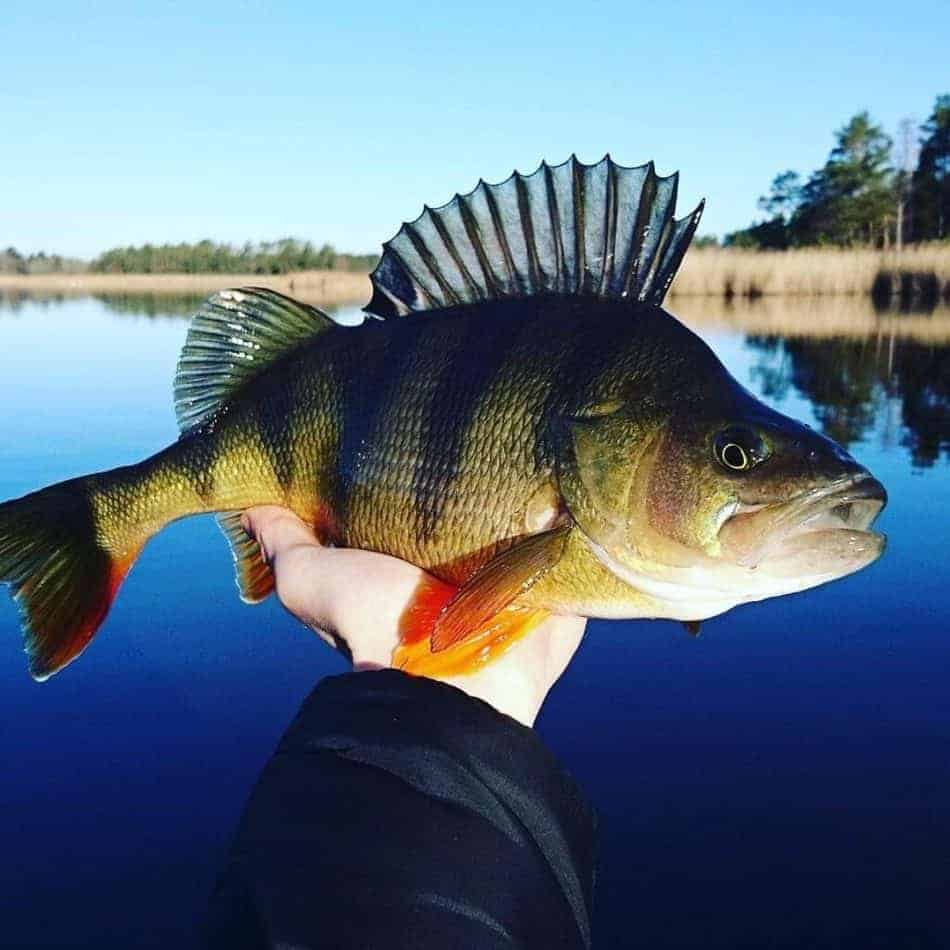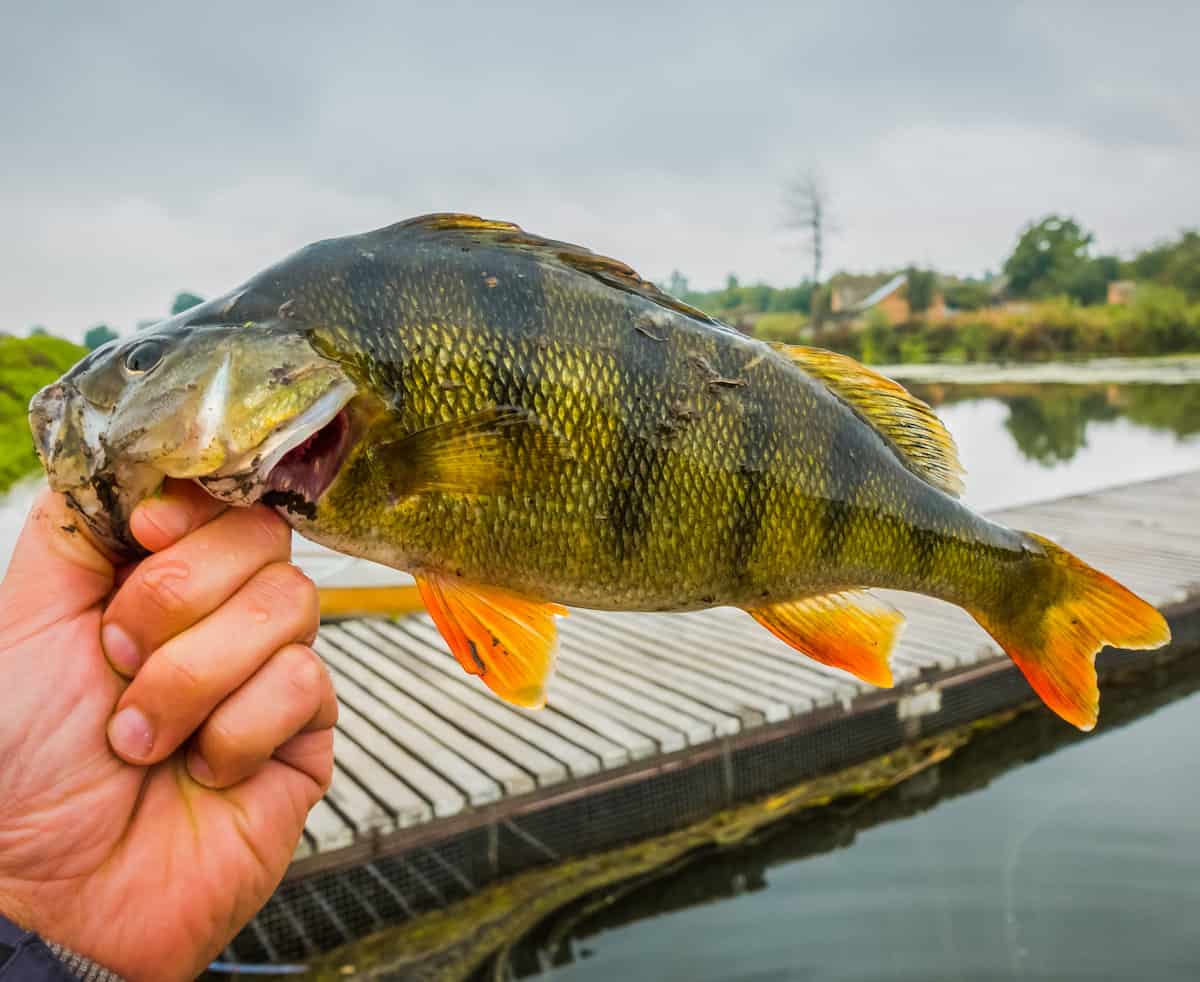Perch Fish Anatomy

Perch fish are a diverse group of fish belonging to the family Percidae. They are typically characterized by their elongated, laterally compressed bodies, and their large, spiny dorsal fins. Perch fish can vary in size, with some species reaching lengths of up to 60 centimeters (24 inches). They are typically olive-green or brown in color, with darker vertical bars or spots. Perch fish have two dorsal fins, the first of which is spiny, and the second of which is soft and rayed. They also have two anal fins, one of which is spiny, and the other of which is soft and rayed.
Differences Between Perch Fish Species
There are many different species of perch fish, each with its own unique characteristics. Some of the most common species include yellow perch, white perch, and walleye. Yellow perch are typically smaller than other perch fish, with an average length of around 25 centimeters (10 inches). They have a yellow or golden color, with dark vertical bars. White perch are similar in size to yellow perch, but they have a silvery-white color. Walleye are the largest of the three species, with an average length of around 50 centimeters (20 inches). They have a dark green or brown color, with a white or yellow belly.
Perch Fish Behavior

Perch fish exhibit diverse behaviors that enable them to thrive in various aquatic environments. They are opportunistic feeders, consuming a wide range of prey, including insects, small fish, and crustaceans. Their feeding strategies vary depending on the availability of food sources, with some species actively pursuing prey while others employ ambush tactics.
Social Interactions, Perch fish
Perch fish exhibit varying degrees of social behavior. Some species, such as the yellow perch, form loose aggregations that provide protection from predators and enhance foraging efficiency. Other species, like the walleye, are more solitary and prefer to hunt alone. Social interactions within perch fish populations are influenced by factors such as habitat, food availability, and reproductive strategies.
Reproductive Strategies
Perch fish employ diverse reproductive strategies to ensure the survival of their species. Most species are oviparous, laying eggs that are fertilized externally. The eggs are typically deposited on aquatic vegetation or submerged structures, where they are protected from predators and environmental conditions. Some species, such as the bluegill, exhibit parental care, guarding their eggs and fry from potential threats.
Habitat Adaptations
Perch fish have adapted to a wide range of habitats, including lakes, rivers, and streams. They possess morphological and behavioral adaptations that allow them to thrive in different environmental conditions. For example, species inhabiting fast-flowing rivers have streamlined bodies and strong fins that enable them to navigate turbulent waters. In contrast, species found in slow-moving lakes have more robust bodies and reduced fin size, allowing for efficient foraging in calmer environments.
Perch Fish Importance

Perch fish are ecologically and economically significant species in aquatic ecosystems. They play a vital role in maintaining the balance and health of their habitats.
Ecological Importance
Perch fish are important members of the food chain. As predators, they feed on various organisms, including insects, crustaceans, and smaller fish. This helps regulate populations of these prey species and maintains ecosystem stability. Additionally, perch fish are prey for larger predators, such as pike and bass, contributing to the overall energy flow within the ecosystem.
Furthermore, perch fish have a positive impact on water quality. They consume algae and other organic matter, helping to keep water bodies clean and oxygenated. Their presence indicates a healthy and well-balanced aquatic ecosystem.
Economic Importance
Perch fish are economically valuable species due to their popularity as recreational and commercial targets. Anglers enjoy fishing for perch, and the sale of fishing licenses and equipment generates revenue for local economies. Commercial fisheries also harvest perch for human consumption, contributing to the global seafood industry.
The economic benefits of perch fishing extend beyond direct revenue. The recreational aspect of perch fishing attracts tourists and generates income for businesses such as fishing charters, bait and tackle shops, and restaurants.